Spring Has Sprung earlier than normal in 2017.
Earth Day celebrations and the Marches for Science just ended. But, awareness of our impact on the earth does not change.
In fact, the USGS just put out a reminder of how early the Spring season was for the United States this year. The map above and this web page demonstrate so far in 2017 we are 22 days earlier than normal.
National Phenology Database
Phenology is the study of key periodic plant and animal life cycle events. Phenological records track the seasonal variations of climate. As a result, they are particularly beneficial in the scientific study of climate change and global warming.
For example, Phenologists pay close attention to when the trees bloom. They track the timing of birds and when they build their nests. They calendar the maturity of crops in agriculture. Essentially, the science of Phenology focuses on the seasonal changes from year to year, mapping it with how the events vary with weather and climate change.
These set of maps show just how far ahead of schedule and beyond normal the seasonal calendar is in 2017. Every Monday this animated map updates. So, it is worth checking in weekly.
March for Science

Patrick Boales, President of Earth Systems Southern California, and his wife, Kathy, at the Santa Barbara March for Science.
Climate change is advancing. NASA and National Oceanic and Atmospheric Administration (NOAA) records indicate 2016 was the hottest year ever recorded on earth. That record broke itself three years in a row. And, these USGS sets of phenological maps show 2017 might be warmer yet.
“It was a good crowd on Saturday,” said Pat Boales, President of Earth Systems Southern California, “The best sign I saw at the Santa Barbara March for Science was one that said We are the canaries, and we are FREAKING OUT!”
Historically, scientists touted these climate change indicators since before the 1980s. The March for Science last Saturday during Earth Day 2017 helps keep these important sciences at the forefront.
A Reason for Hope
After decades of mostly fruitless diplomacy, governments around the globe back the movement today. In 2015, the Paris Agreement started the diplomatic dialogue with 195 countries regarding climate change. Corporations make big promises toward carbon improvement. Technology continually improves low-emission capabilities. Even Pope Francis contributes now. Most importantly, citizens participate in events like the March for Science on Earth Day.







